Small quantities of lavender and rosemary (they are most prolific in winter and early spring - the bees LOVE them)
Geranimums
Impatiens
Lemon Verbena
White Alyssum (bees love this one too)
Roses
Peas & Beans
Eggplant
Zucchini, Squash and Pumpkins (great for bumblebees in particular)
Parsley, Dill and Silverbeet/chard - unshowy flowers, but very attractive to hoverflies, flower long horn beetles and other small beneficials.
Cucumbers, watermelons & melons
Cornflowers (pretty, edible, and so many colours!)
Pansies (also edible, pretty and wide in range)
Feijoa
Chamomile
Calendula (awesome for bees, ladybirds, edible, medicinal)
Marigolds - French and African (bees and ladybirds love them)
Corn Cockles
Dahlias (surprisingly easy to grow from seed, and you get a wide range of colours)
Sweet peas
Basil, NZ spinach
Zinnias
Coreopsis (red amulet)
Sanvitalia
Dandelion and it's look alikes
English daisies
Comfrey
and probably a few more I've forgotten!
The more variety available, the more attractive your garden will be to the pollinators and other beneficial insects, which do wonderful things for your garden.
Don't forget to provide them with water in the summer too - a shallow bowl filled with small stones and water will allow these small friends to land, drink, and safely depart.
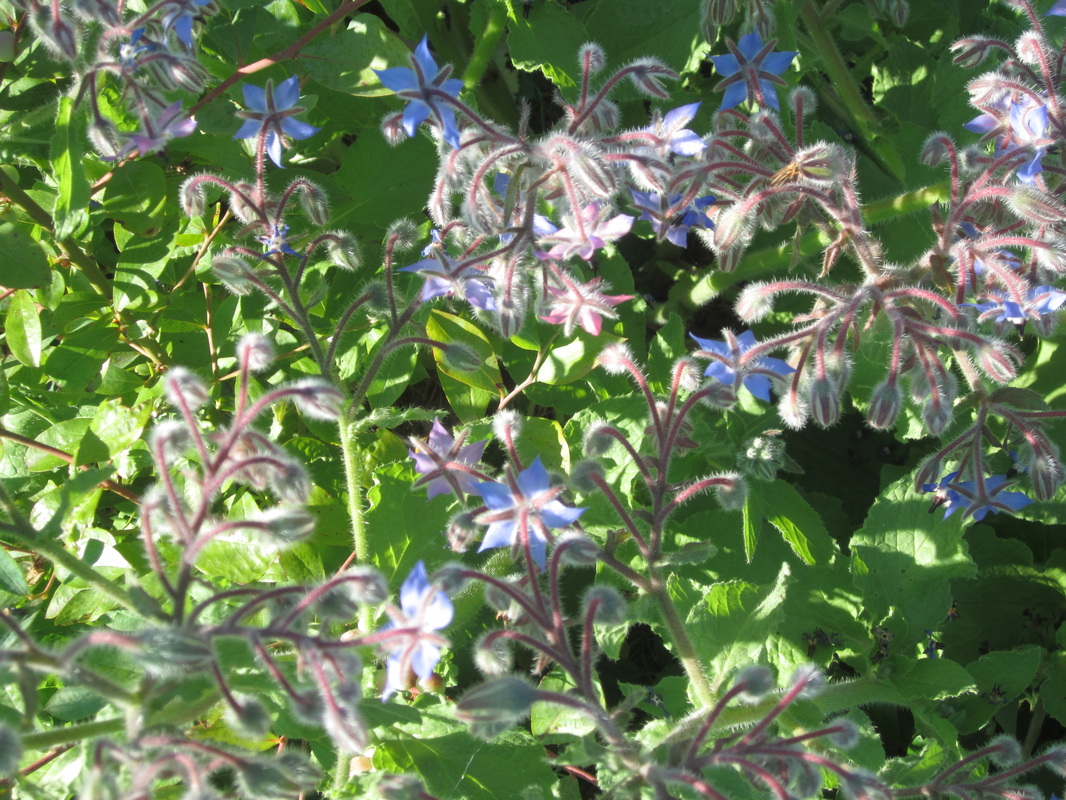
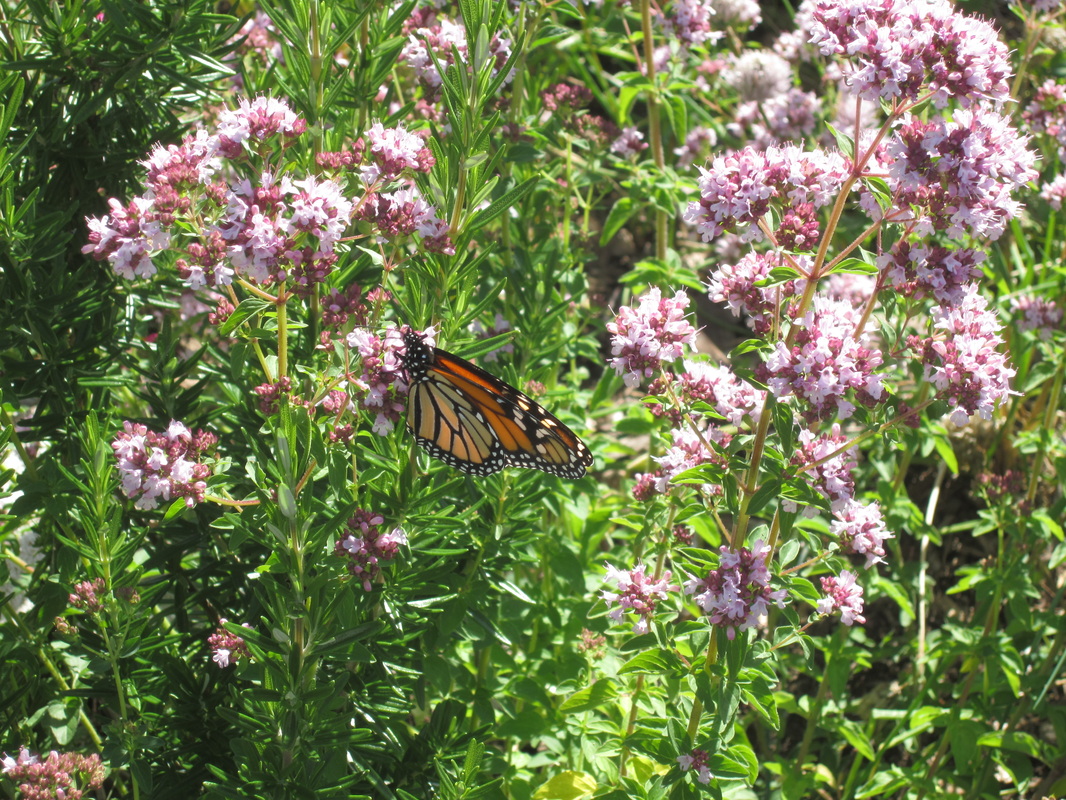
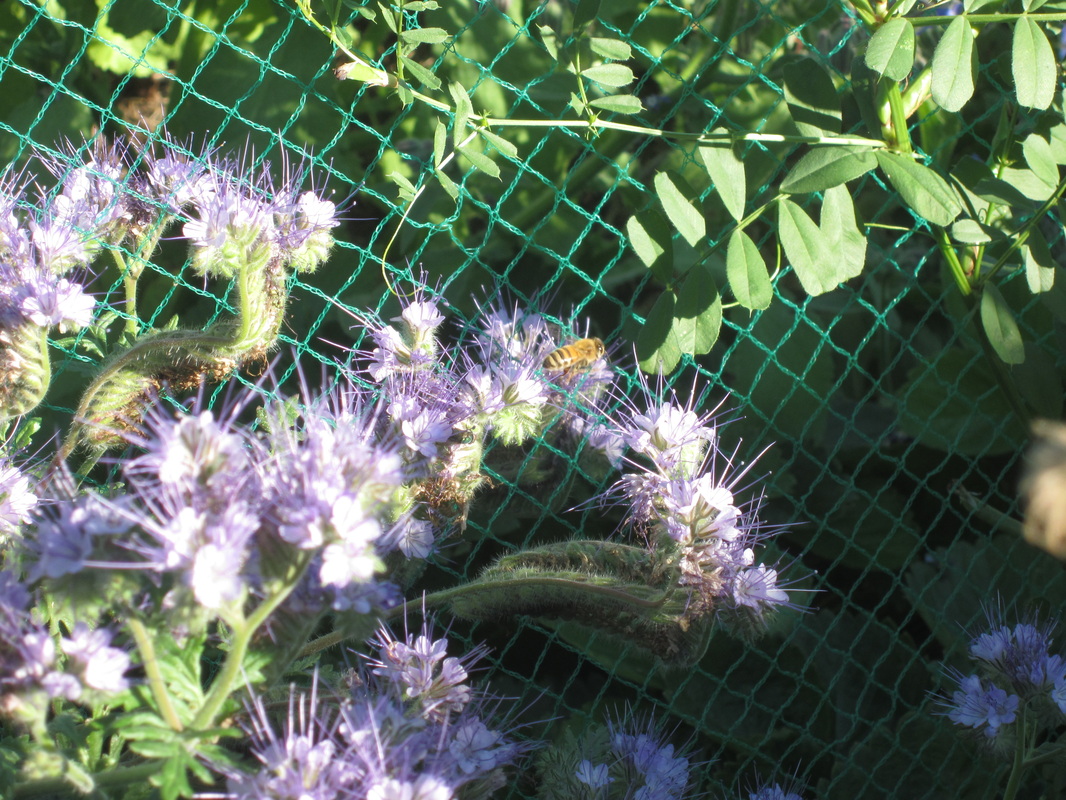
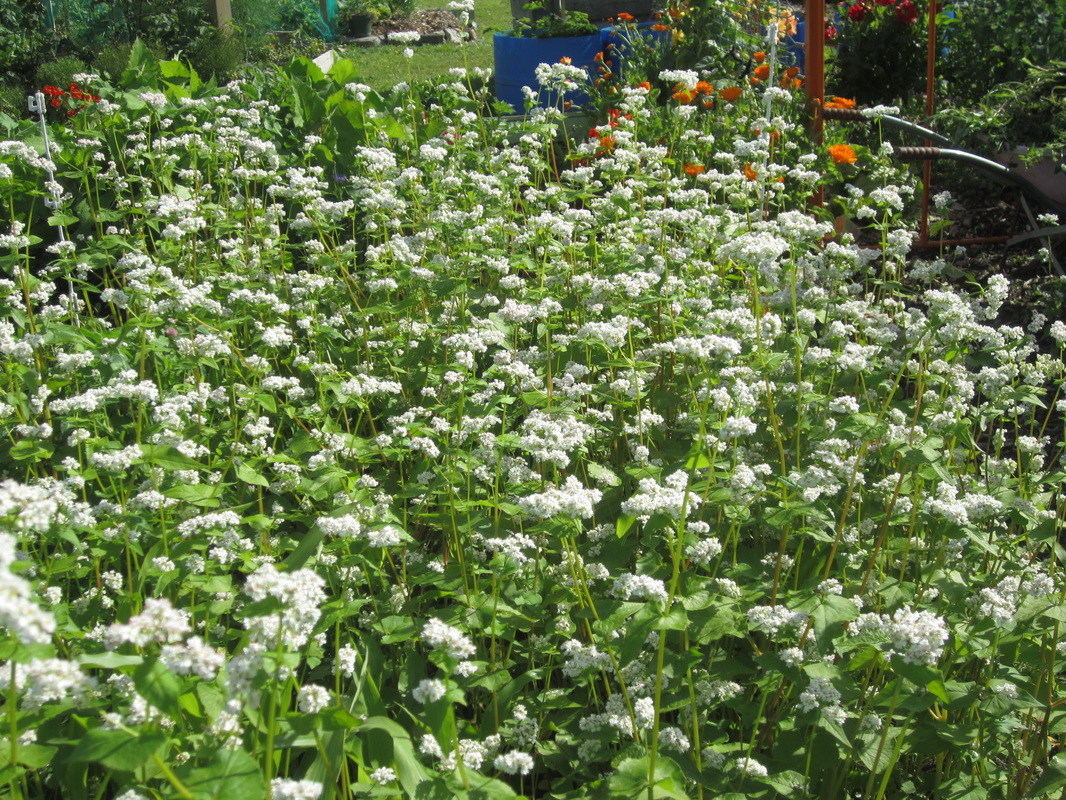
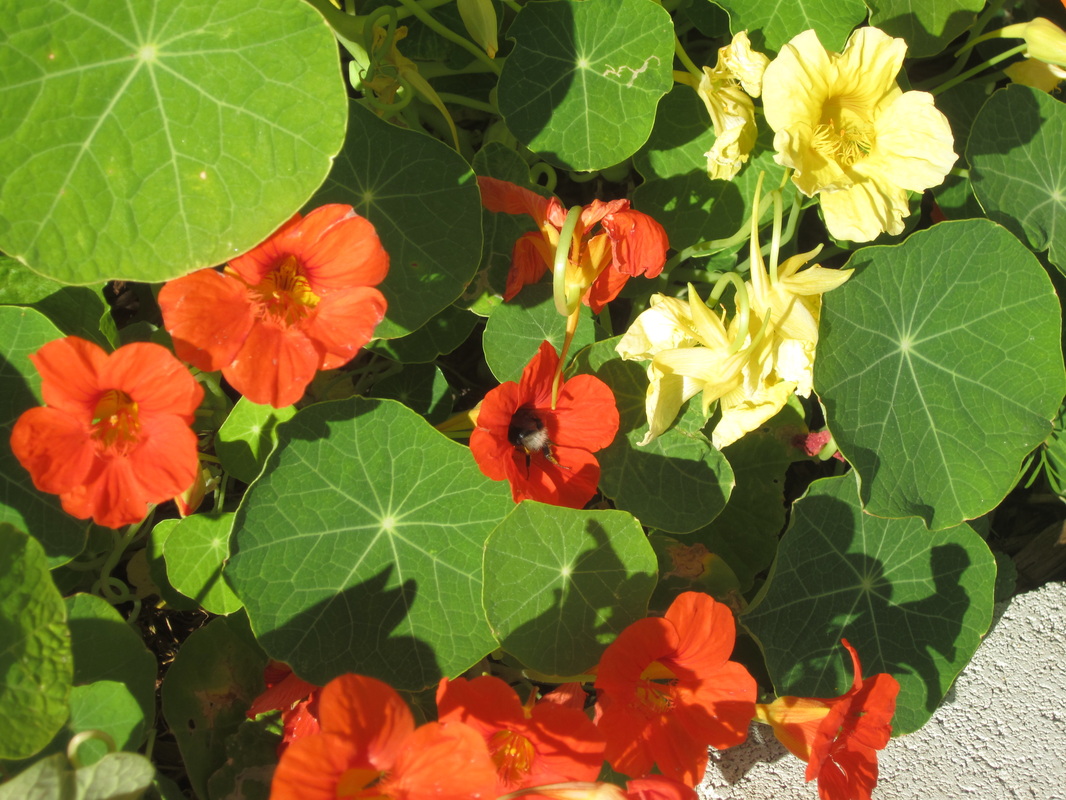
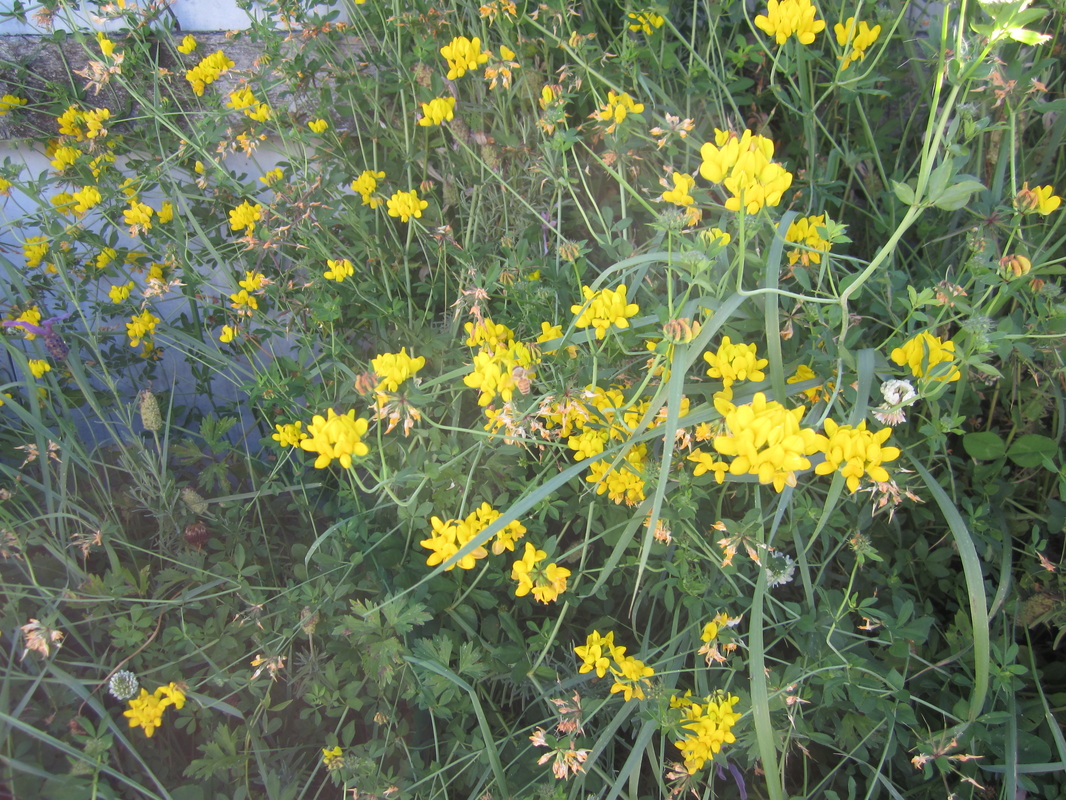
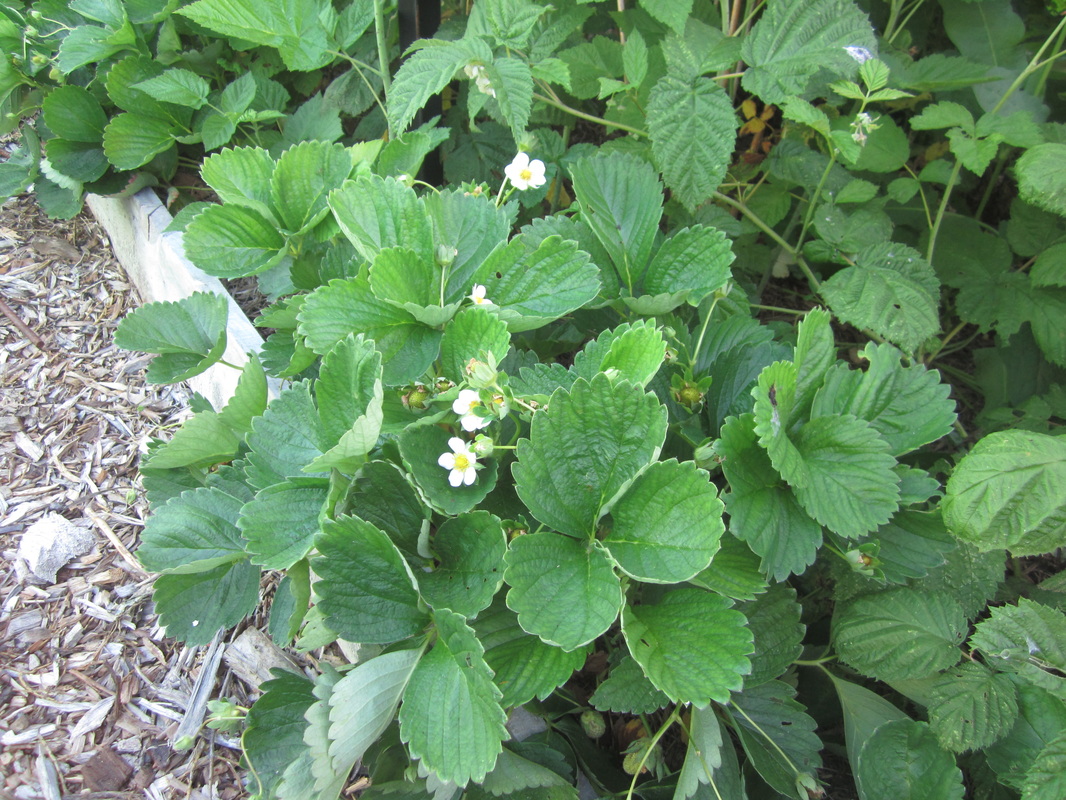
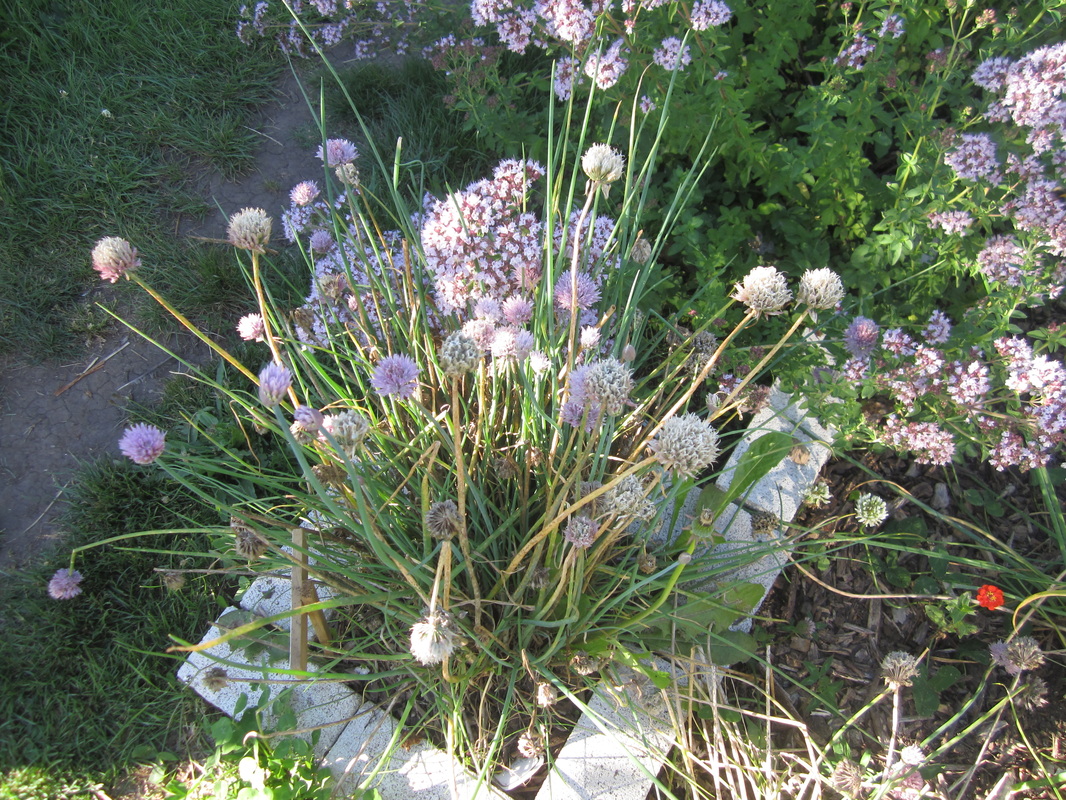
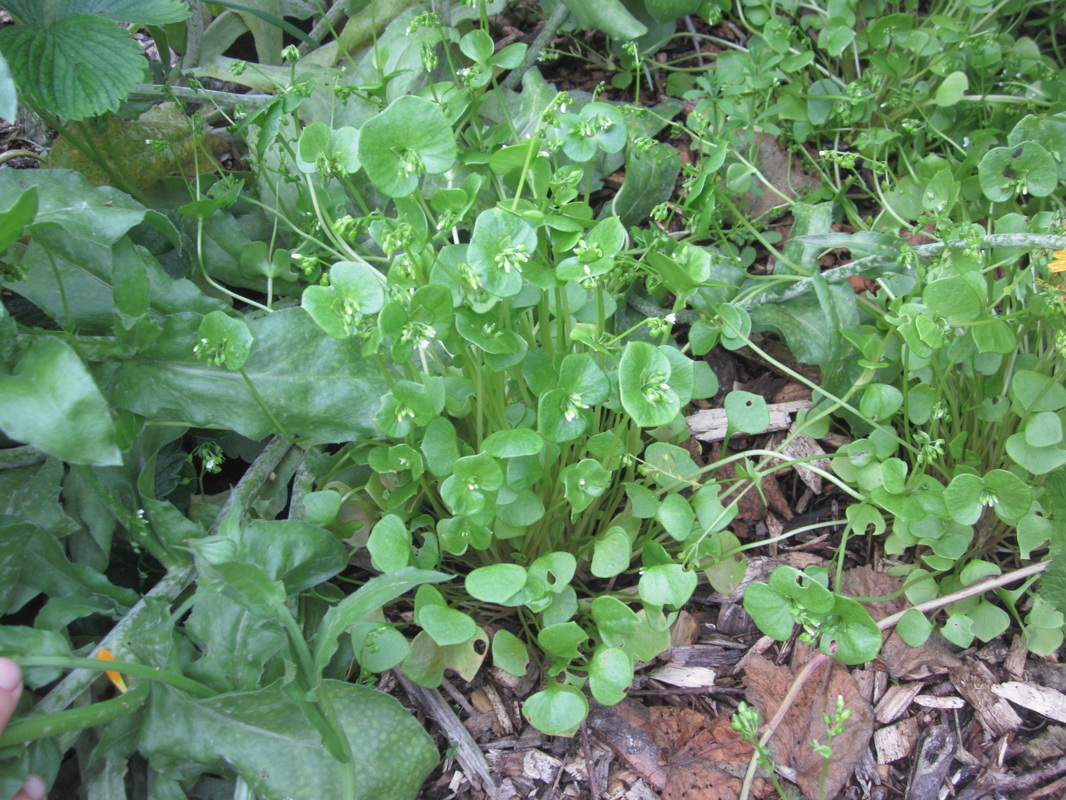
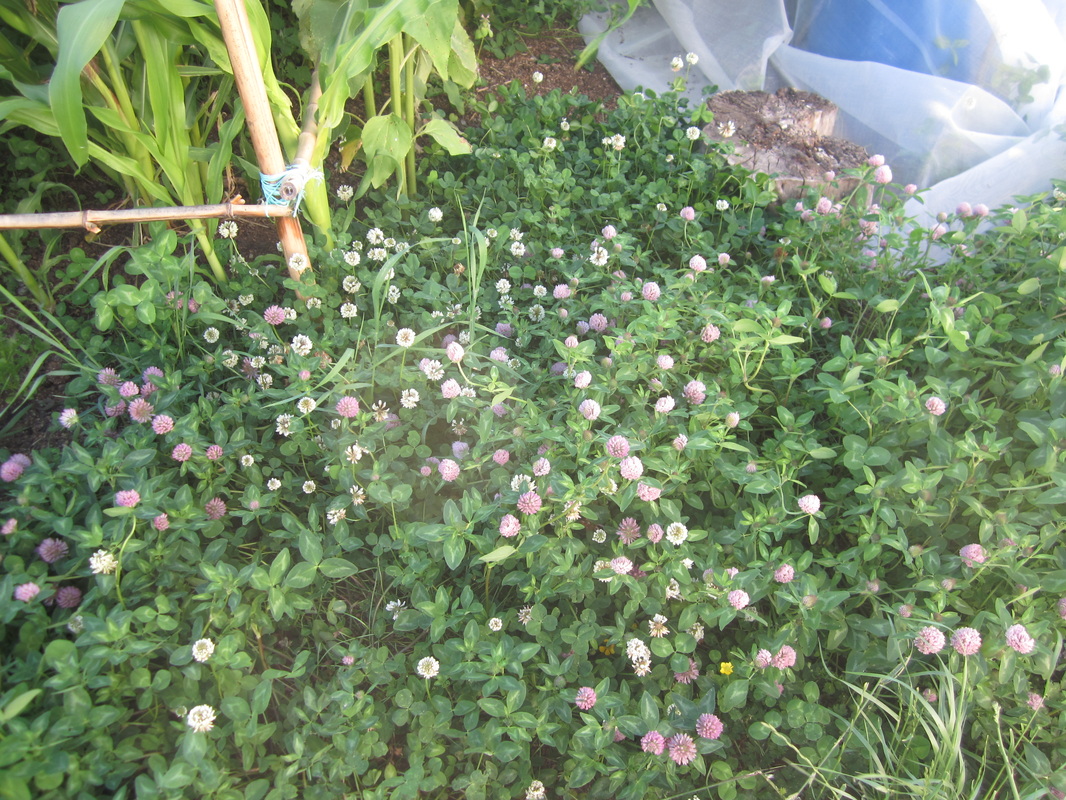
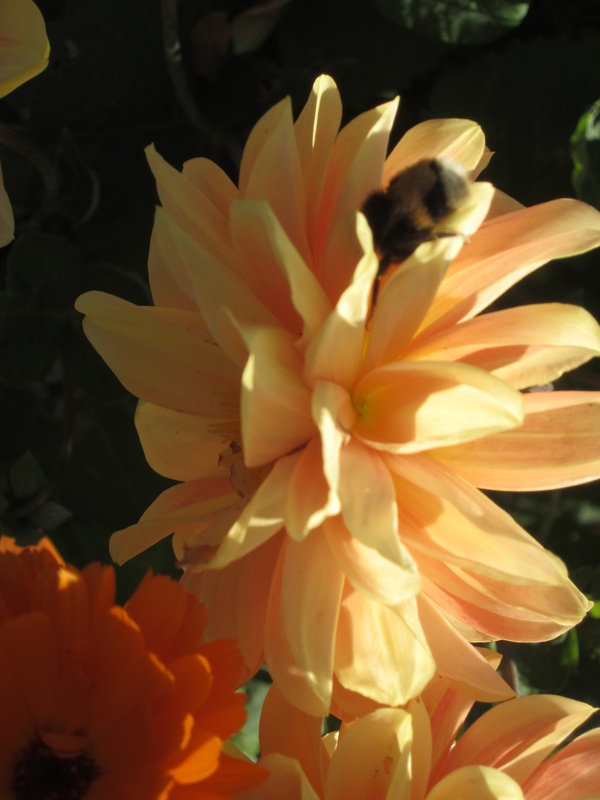
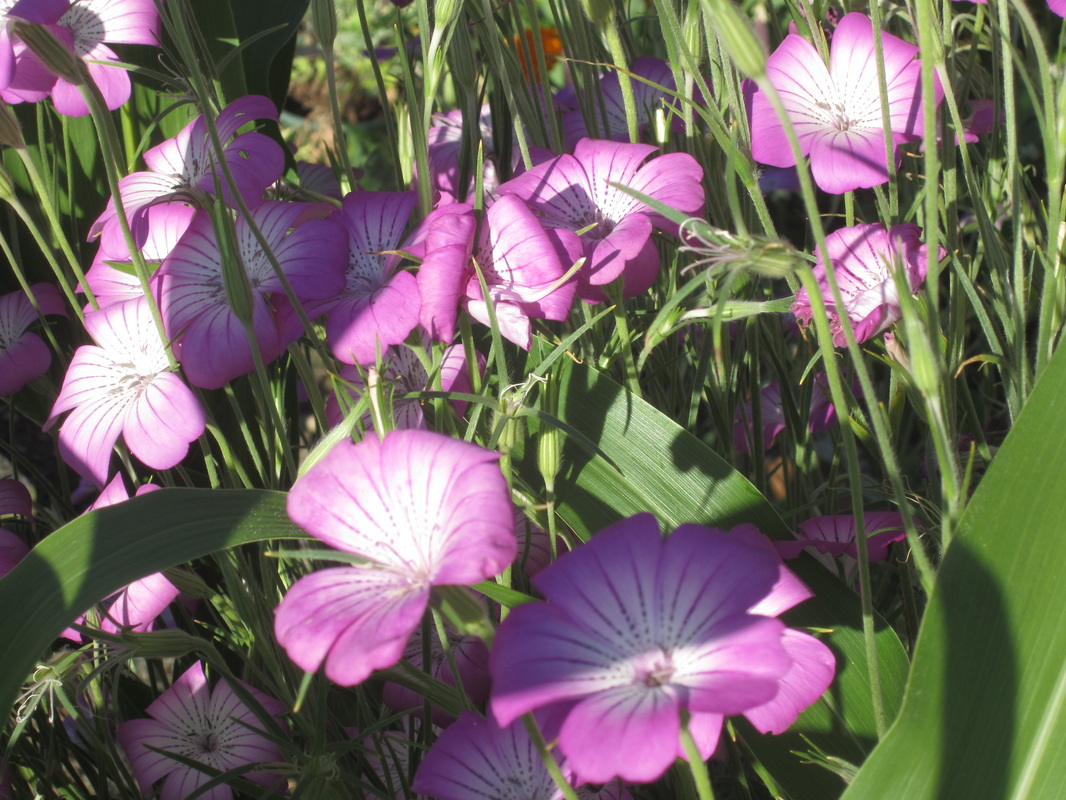
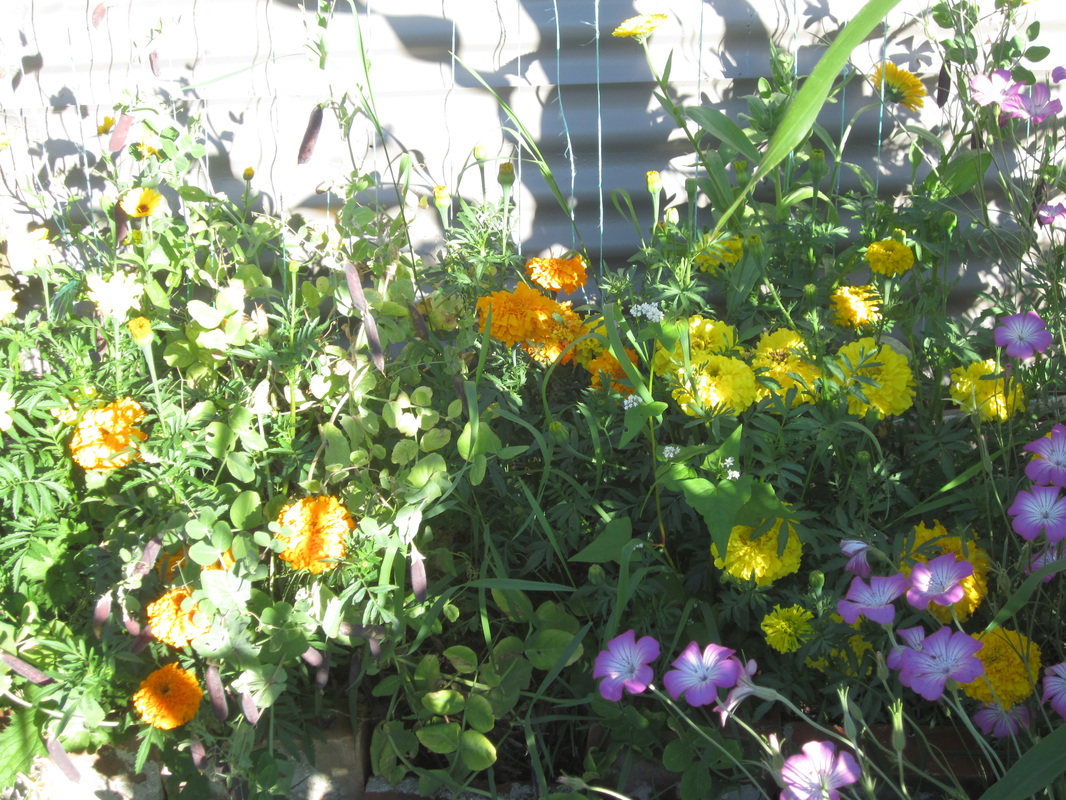
 RSS Feed
RSS Feed
